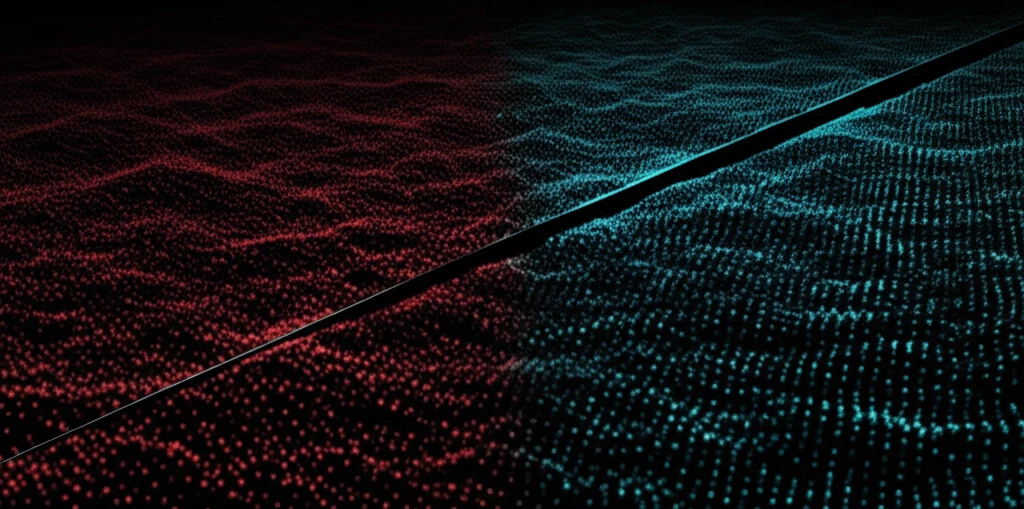
Decoding Regression Discontinuity: Your Practical Guide to Causal Inference
"Unlock the power of Regression Discontinuity Designs (RDD) with this easy-to-understand guide, exploring its extensions and real-world applications for confident causal inference."
In today's data-rich environment, understanding cause-and-effect is more critical than ever. Regression Discontinuity (RD) designs have emerged as a powerful tool for researchers and analysts across social, behavioral, and biomedical sciences. This method allows us to evaluate the impact of interventions—ranging from policy changes to medical treatments—with increased confidence.
Building upon the foundational principles of RD designs, this article delves into practical applications and extensions that address real-world complexities. Whether you're grappling with imperfect compliance, discrete variables, or multiple factors influencing an outcome, we’ll provide you with the tools to confidently analyze and interpret your findings.
In the world of research, it’s less about what the research is and more about how it’s presented. We'll bypass heavy theoretical language and focus on how to take existing methodologies, like Regression Discontinuity Designs (RDD), and communicate them in ways that the wider audience can relate to and easily understand.
What is Regression Discontinuity and Why Should You Care?

At its core, an RD design hinges on three key ingredients: a score (also known as a running variable or index), a clearly defined cutoff, and a treatment rule based on whether a unit's score exceeds that cutoff. Imagine a scholarship program where students scoring above 80 on an exam automatically receive funding. The exam score is the 'score,' 80 is the 'cutoff,' and receiving the scholarship based on exceeding that score is the 'treatment rule.'
- Policy Evaluation: Assess the impact of a new law or regulation.
- Program Effectiveness: Determine if a social program is achieving its goals.
- Medical Interventions: Evaluate the efficacy of a treatment or therapy.
- Marketing & Sales: Understand the impacts of a specific campaign on sales figures
Your Next Steps with Regression Discontinuity Designs
Mastering Regression Discontinuity designs opens doors to understanding the real-world impact of countless interventions. Armed with the knowledge of its core principles, practical extensions, and potential pitfalls, you are well-equipped to conduct rigorous and insightful analyses. Explore the resources mentioned, delve into real-world examples, and never stop questioning the 'why' behind the data.
